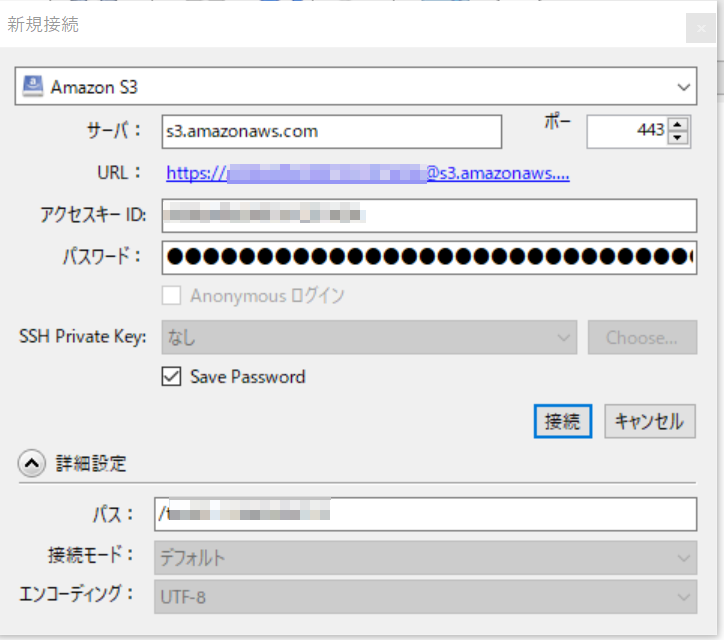

While this seems not too bad on first sight, if you crunch the numbers you will see that storing 500GB of data in S3 will cost you about $50 per month and in Glacier about $5 per month. PricingĪt the time of this writing Amazon S3 cost about $0.1 per GB per month and Glacier about $0.01 per GB per month. The following sections compare both Amazon S3 and Crashplan by looking at different aspects and comparing both services with each other. In the long run I want to backup all my pictures online and not only the core of my work.


I store my pictures and my main Lightroom catalog on external hard drives in a raid configuration for added redundancy. So far I used Amazon S3 (more precisely Amazon Glacier) to backup my keeper shoots (which is about 35GB worth of data). I have about ~500GB worth of data (mostly pictures and some videos). In this post I will layout why this switch made sense for me and might make sense for you as well. * Browse Amazon Simple Storage Service like your harddisk.I am in the middle of the moving my online backup system from Amazon S3 to Crashplan. * Rackspace Cloud Files: manage your Rackspace Cloud Files storage including the configuration of Akamai content delivery network (CDN) with support to toggle on access logs for Qloudstat. Configure bucket access logging to get statistics with Qloudstat. Share files securely with an authenticated URL. * Google Cloud Storage: with OAuth or interoperable authentication support. Toggle deployment, define CNAMEs, distribution access logging and set the default index file. Connect to any server using FTP, SFTP or WebDAV and configure it as the origin of a new Amazon CloudFront CDN distribution.įeatures: Manage custom origin, basic and streaming Amazon CloudFront distributions. Both Amazon CloudFront and Akamai content delivery networks (CDN) can be configured to distribute your files worldwide from edge locations. Integration with any external editor makes it easy to edit content. Cyberduck is a free and powerful program that will let you connect to FTP, SFTP, WebDAV, Amazon S3, Google Cloud Storage, Windows Azure, Rackspace Cloud Files and Google Drive.


 0 kommentar(er)
0 kommentar(er)
